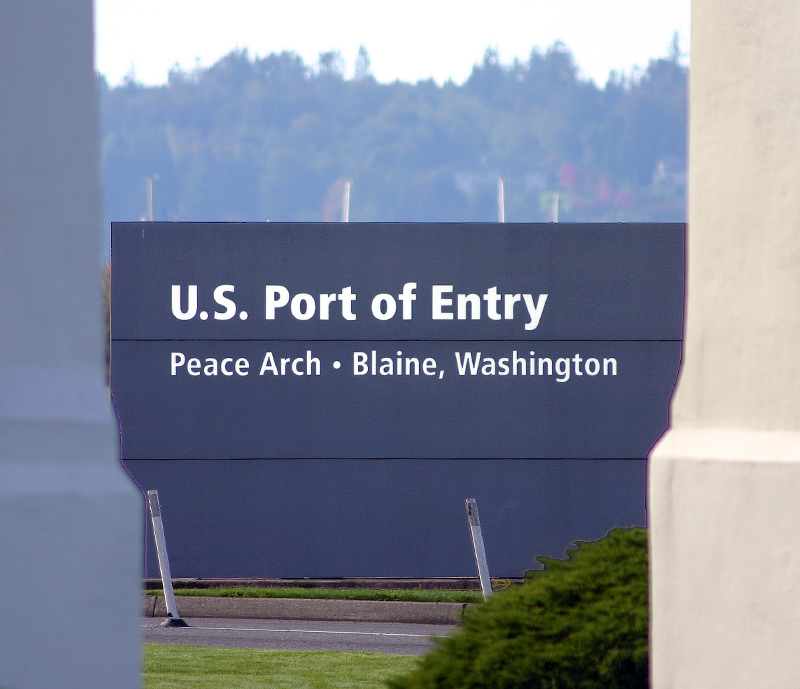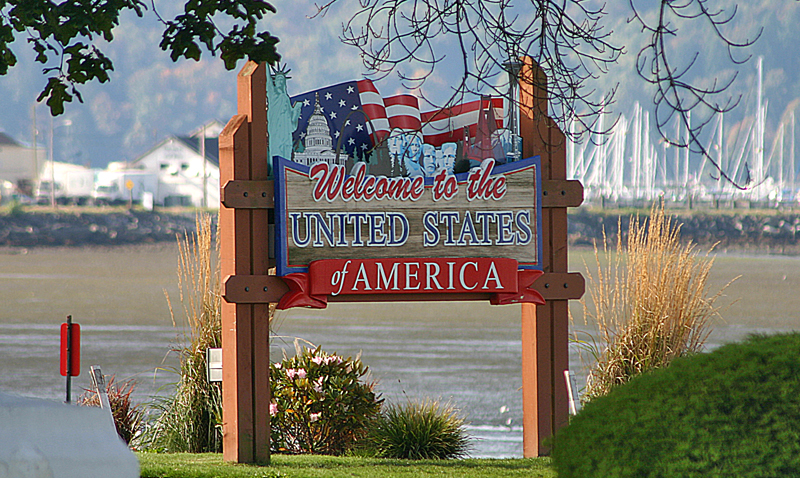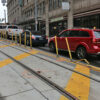The federal government of the United States has officially shut down as a result of the failure to pass a resolution to fund operations of the country — but what exactly does that mean in terms of travel?
The United States Government Shuts Down. Again. What Does That Mean For Travel?
What a shut down of the federal government of the United States does not mean is that the country has completely closed; but approximately 800,000 employees were furloughed for greater than two weeks during the last government shutdown, which occurred in October of 2013 — which means that you may experience some inconveniences if you are traveling to, from or within the United States.
Essential services will still be available — although they could be stretched to the limit. This means that essential personnel — such as agents of the Transportation Security Administration at security checkpoints at airports — will still continue working. Air traffic controllers will still be directing airplane traffic at airports…

…and agents who secure borders and immigration enforcement officials will still be performing their jobs. All of them will be working without pay until further notice. Expect the possible delays of flights — especially during busy travel times — as some employees of the federal government will be furloughed.
The processing of passports will continue; but applicants may experience delays. Visitors to the United States will find offices which issue foreign travel visas closed, which may result in potential delays in processing visa applications — but consular operations both inside and outside of the United States will continue operate as long as enough money is available to support them. According to this official notice from the Bureau of Consular Affairs of the Department of State of the United States — using its new travel advisory system:
At this time, scheduled passport and visa services in the United States and at our posts overseas will continue during the lapse in appropriations as the situation permits. This website will not be regularly updated until full operations resume, with the exception of emergency safety and security information.
Visiting national parks would typically be a different story during a shutdown of the federal government — but plans are reportedly in place to keep national parks open with rangers and security guards on duty. “The parks were closed in 2013 and it resulted in a loss of 750,000 daily visitors, said the nonprofit National Parks Conservation Association”, according to this article from Reuters. “The National Park Service (NPS) estimated the shutdown resulted in $500 million in lost visitor spending in areas around the parks and the Smithsonian museums.”
The District of Columbia has the highest concentration of entities of the federal government — which means that many popular tourist attractions are expected to remain closed.
For example, if you were expecting to attend the first Passport Concierge Booth of 2018 by Hilton during the Travel & Adventure Show at the Washington Convention Center in the District of Columbia today and tomorrow in order to give you a chance to easily apply for — or renew — your passport ahead of the the busy travel season, forget it:
Due to a lapse in appropriated funds, we will no longer be participating in the #DCTravelShow and will not be accepting passport applications at the show. https://t.co/OTrxHciiTz
— Travel – State Dept (@TravelGov) January 20, 2018
Expect places such as the National Archives, the Lincoln Memorial, the Washington Monument and the Library of Congress to be closed; but although the National Zoo and the Smithsonian Institution will remain open to visitors today and tomorrow, they could close on Monday.
Summary
I traveled to the state of Washington and southwestern British Columbia during the last government shutdown in October of 2013 — yes, I know, I still have trip reports to write — and places such as Ballard Locks were closed. Although I had visited there before, I did not visit Mount Rainier during that trip…

…and waiting in line to travel across the border back into the United States consumed at least two hours of my time.
If you plan on traveling to, from or within the United States, disruptions should be minimal — but please be patient and expect delays; and give yourself extra time.
As to when the shutdown of the federal government will end, no one knows at this time…
All photographs ©2013 by Brian Cohen.

